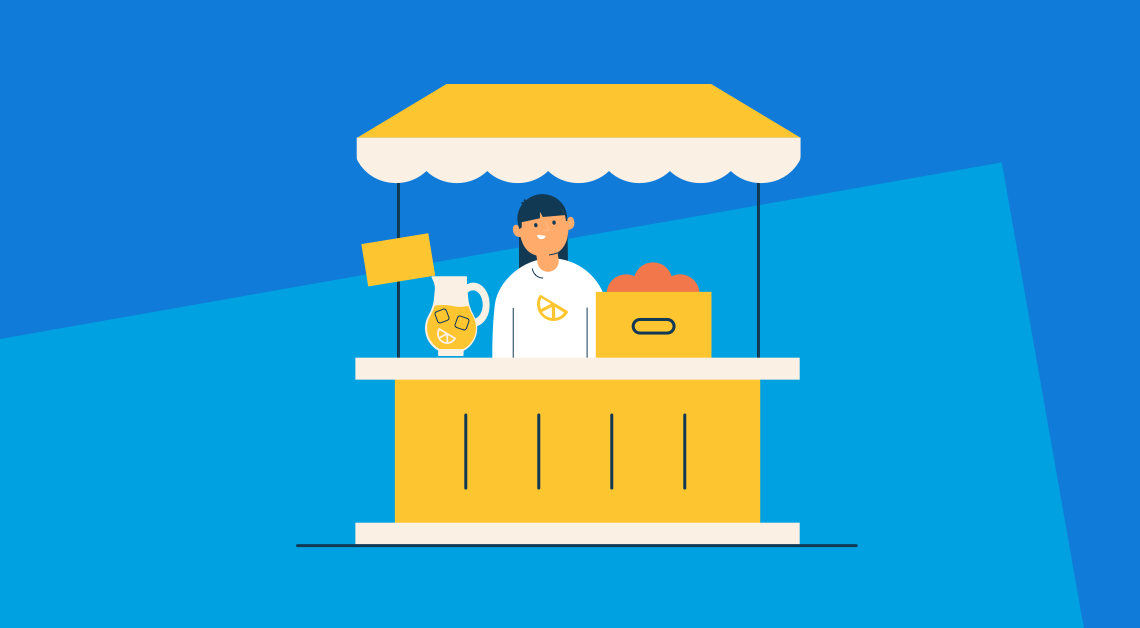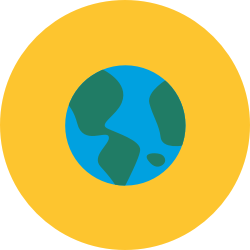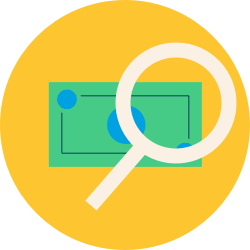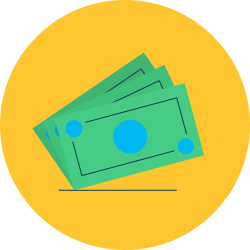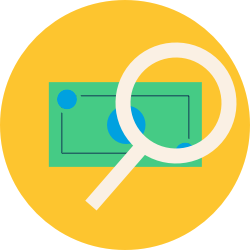Money is the stuff we use to buy and sell things. Sometimes we keep it in a piggy bank, sometimes in a real bank; sometimes in your pocket, sometimes under the mattress.
Once upon a time, people swapped and traded things such as cows and bushels of wheat, in a system known as barter. Nowadays we prefer cash. Coins and notes are all money, but money can also be spent electronically, using debit cards, credit cards and phone apps and even through your watch. Employers pay their workers with money. Banks keep track of how much money people have. The government collects money from everyone, to pay for things like the army, schools and hospitals. And kids can get money through pocket money, by doing chores, or maybe even running small money-making businesses, like a lemonade stand.



